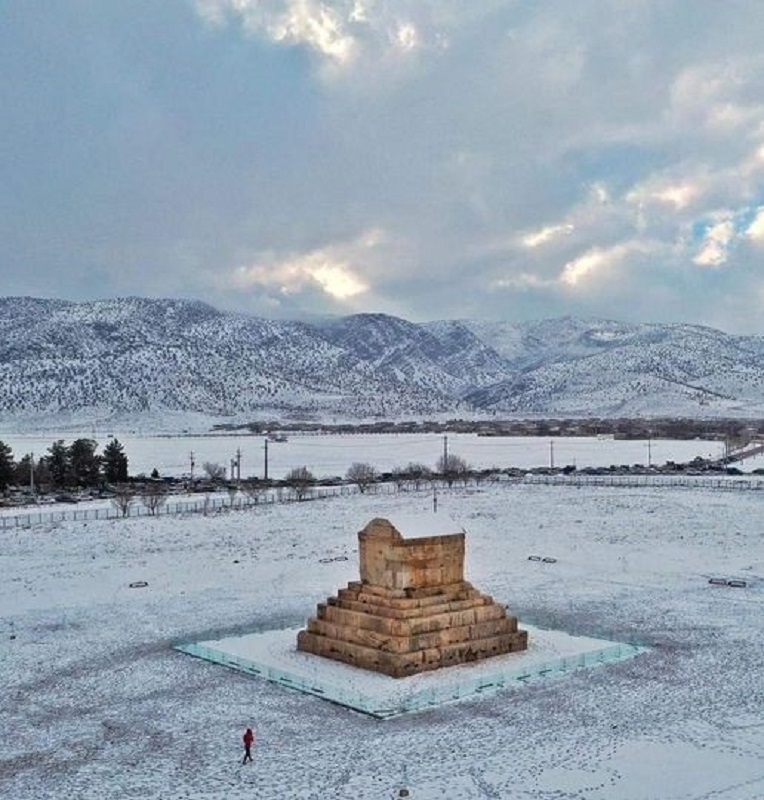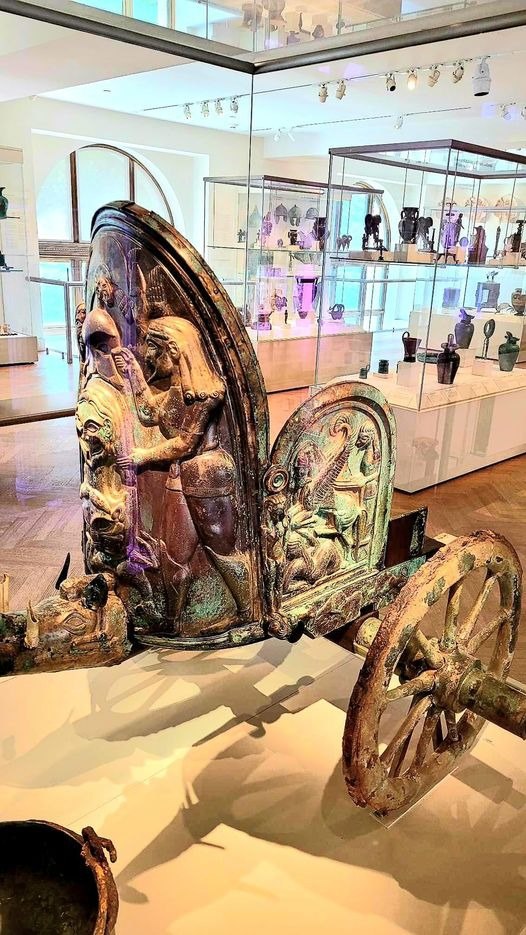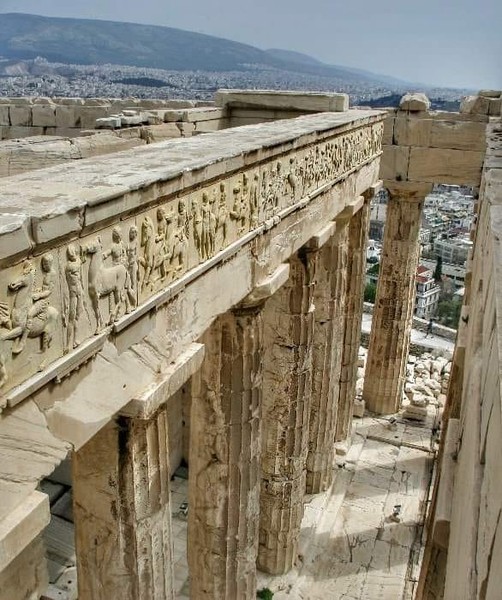Nestled within the collections of the MET Museum is a captivating artifact—an Ancient Greek Pelike dating back to the 4th Century BC. This remarkable vessel offers a glimpse into the artistic and athletic prowess of ancient Greek society, depicting a woman acrobat in a striking pose, shooting an arrow with her feet. Join us as we delve into the story behind this fascinating Pelike, exploring its historical significance and shedding light on the ancient Greek fascination with athleticism and artistic expression.
Unveiling the Ancient Greek Pelike: A Window into Ancient Culture
The Ancient Greek Pelike, characterized by its distinctive shape and ornate decoration, served as a vessel for storing liquids such as oil or wine. However, beyond its practical function, the Pelike also served as a canvas for artistic expression, often adorned with scenes from mythology, everyday life, or sporting events. In the case of this particular Pelike, the depiction of a woman acrobat engaging in an impressive feat of archery highlights the importance of athleticism and physical prowess in ancient Greek society.
Exploring the Art of Ancient Greek Athletics
Athleticism held a central place in ancient Greek culture, with sporting competitions such as the Olympic Games being celebrated as both physical contests and displays of artistic skill. The depiction of a female acrobat on the Ancient Greek Pelike reflects the Greeks' admiration for the human form and the grace and agility of athletes. It serves as a testament to the enduring legacy of athleticism in Greek society and the importance of physical fitness and competition in shaping their cultural identity.

Interpreting the Symbolism of the Pelike
The imagery depicted on the Ancient Greek Pelike offers rich opportunities for interpretation and analysis. The portrayal of a woman acrobat engaging in an unconventional form of archery suggests themes of skill, agility, and dexterity. It may also symbolize the empowerment of women and challenge traditional gender roles, showcasing the strength and abilities of female athletes in ancient Greek society. By delving deeper into the symbolism of the Pelike, we gain insights into the values and beliefs of the culture that produced it.
The Role of Archeology in Uncovering the Past
The discovery and study of artifacts like the Ancient Greek Pelike provide invaluable insights into the lives, beliefs, and achievements of ancient civilizations. Through archaeology, we are able to piece together fragments of the past, reconstructing lost worlds and shedding light on the human experience across time and space. Moreover, archaeology fosters a deeper appreciation for cultural heritage and the importance of preserving and protecting archaeological sites for future generations.

In conclusion, the Ancient Greek Pelike housed at the MET Museum offers a fascinating window into the artistic and athletic achievements of ancient Greek society. Its depiction of a woman acrobat engaging in archery serves as a testament to the Greeks' reverence for athleticism and their appreciation for the beauty and grace of the human form. As we continue to explore and study artifacts like the Ancient Greek Pelike, we deepen our understanding of the past and gain a greater appreciation for the enduring significance of archaeology in enriching our lives and connecting us to our shared cultural heritage.










